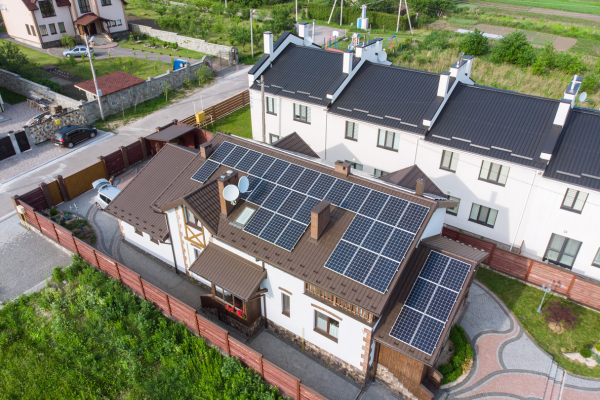.png)
Harnessing Solar and Renewable Energies in Modern Architectural Design
The sun rises, casting a golden hue across the city. In this very moment, countless buildings are not just basking in its light but harnessing its power. Welcome to the world of modern architectural design, where buildings don't just stand—they breathe, generate, and inspire. Today, we dive deep into how contemporary architects brilliantly incorporate solar and other renewable energies into their masterpieces. It's not just about saving on electric bills; it's about reimagining the very footprint of our built environment.
Solar energy has been around for ages, but it's only recently that we've started to tap into its true potential. Today's architects aren't just placing solar panels on rooftops; they're weaving them into the very fabric of their designs. Think about windows that offer a panoramic view of the city, capture the sunlight, and convert it into energy. Imagine walls that absorb the sun's warmth during the day to release it slowly at night, keeping interiors cozy without a traditional heater. This isn't science fiction; it's today's architectural reality.

But it's not just about solar power. Architects are broadening their horizons, exploring renewable sources like wind and geothermal energy. For instance, some skyscrapers are designed with strategic vents to capture the wind, turning it into a power source. Meanwhile, beneath some modern homes, intricate systems tap into the Earth's natural heat, creating a sustainable heating system that's both efficient and eco-friendly.
Why this significant shift toward renewable energies in design? Well, the reasons are multifold.
Firstly, there's an urgent and growing need to combat climate change. Buildings consume a significant portion of the world's energy. We can drastically reduce carbon emissions by turning them into green, autonomous entities. Every sunlit room or wind-powered office is a step towards a healthier planet.
Secondly, there's an undeniable economic appeal. Once considered pricey, renewable energy solutions have drastically dropped costs. Over time, a building that generates its power can yield substantial savings. And let's remember potential tax breaks and incentives with green initiatives.
But this trend is profoundly emotional and deeply human beyond the environment and economics. Buildings, once static entities, are now alive, almost sentient. They react to their environment, adapt, and serve those who reside or work within them harmoniously. It makes us rethink our relationship with the spaces we occupy.

To wrap it up, combining renewable energies into architectural design isn't just a passing trend. It's a testament to human ingenuity and a pledge for a brighter, greener future. The next time you walk by a building with glinting solar panels or hear of one harnessing the wind's might, take a moment to appreciate the art and science behind it. Our world is changing, and thanks to visionary architects and designers, it's a change we can all look forward to.